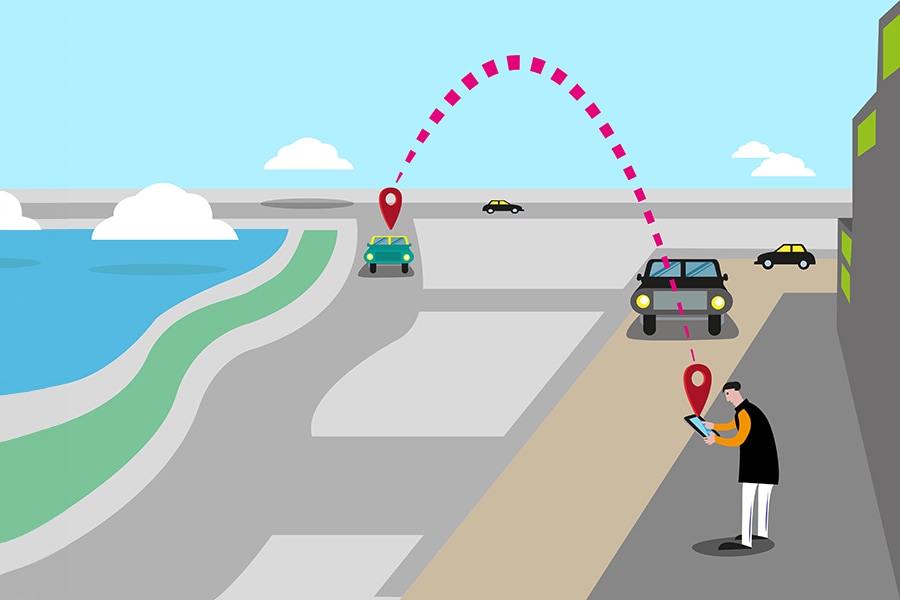
Why you might want to be on time for your next ride
Professor Saša Pekeč says rating users allows on-demand platforms to be more efficient
 Ride-sharing platforms create value by matching service providers with users.
Image: Shutterstock
Ride-sharing platforms create value by matching service providers with users.
Image: Shutterstock
In some on-demand services, reviews go both ways. Take a ride-hailing platform: Users can rate drivers who provide an unsatisfactory service with less than five stars, and drivers can also give a lower rating to users who showed up late at the meeting point.
“User ratings of goods and services have been fundamental to the functioning of e-commerce,” said Professor Saša Pekeč of Duke University’s Fuqua School of Business.“ But in platform settings, there is also an economic reason for service providers rating users.”
Ride-sharing platforms create value by matching service providers with users. Their business model is based on coordinating supply and demand, and consequently maximizing the utilization of the drivers by reducing their idle time, Pekeč said.
“Their superior matching capability increases the use of the service providers, which allows the platform to drop the price of the service,” he said.
In the context of ride-hailing, showing up late generates losses for drivers by increasing idle time, he said.
[This article has been reproduced with permission from Duke University's Fuqua School of Business. This piece originally appeared on Duke Fuqua Insights]

















